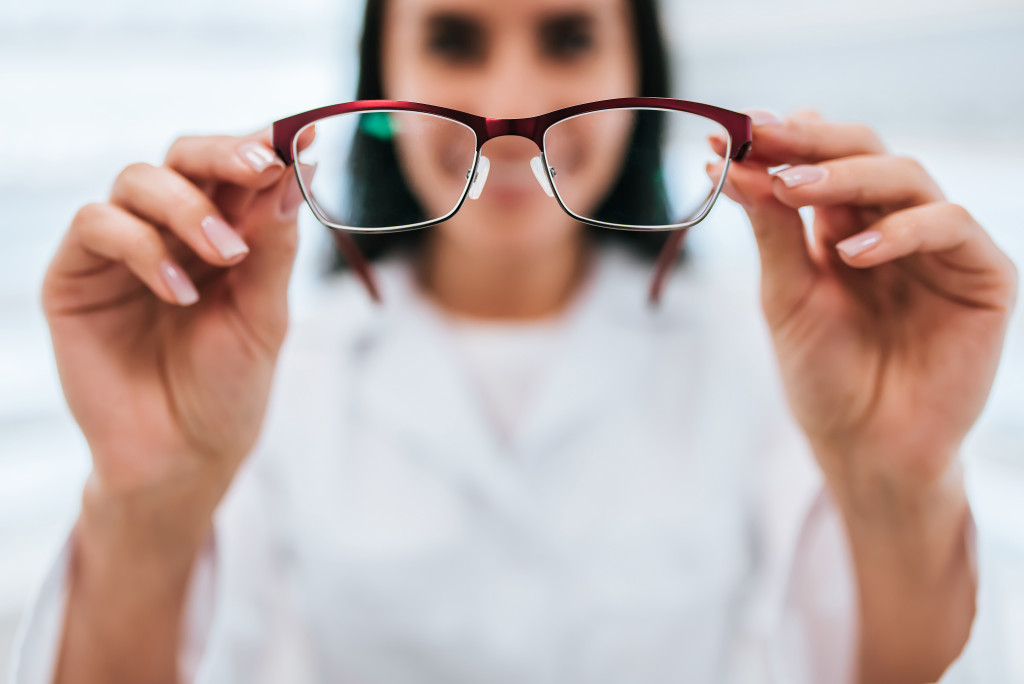Technological advances, particularly artificial intelligence (AI), have never been faster than they are now. Our lives seem to be improved wherever we turn as a result of these advances. AI and other emerging technologies have a lot of potential in the healthcare sector. The ultimate aim of AI in eye care is to improve clinical decisions while also significantly lowering the severity of ocular illness and avoidable blindness.
Rather than worrying that technology would replace eye care professionals, many supporters of AI view this as another instrument in the diagnostics medical toolkit that will supplement what vision healthcare professionals do.
In the 1950s, the phrase “artificial intelligence” was coined. It is currently being studied and applied across healthcare, and optometry and ophthalmology are no exceptions. Given the variety of imaging modalities, the area of eye care offers enormous promise for AI application.
A slew of new AI systems is being created and deployed right now. Eye care practitioners, skilled technicians, and even AI algorithms can identify different ocular illnesses and disorders by importing patients’ retinal pictures or OCT scans. Most of the time, this results in early diagnosis and treatment. AI developers also aim to decrease the impact of avoidable blindness on the healthcare system by optimizing healthcare expenses.
Let’s take a look at some of the most recent advances in AI and other eye care technology.
Telehealth in Optometry
International telehealth and telework patterns have shifted indefinitely. According to data, allowing workers to work from home may help companies become more lucrative by lowering expenses and increasing productivity. Optometry and medicine have been hesitant to adopt telehealth for various reasons, including patient care, technological limitations, staff training, and ethical violations. However, the CDC and FDA’s emergency rules have significantly increased the accessibility of telehealth.
New and Quick Diabetic Retinopathy Diagnosis
The FDA has approved IDX-DR, a new AI software application. This ground-breaking technology is intended only for the diagnosis of diabetic retinopathy. This is the first ophthalmic use of AI for diabetic retinopathy testing, which does not need an eye care expert’s interpretation of the findings. Every diabetes patient will have this screening picture taken in an increasing number of primary care medical facilities.
Though not a valid comparison to a complete dilated eye exam, getting this research and service in any non-ophthalmic medical environment would aid in the detection of more instances of sight-threatening retinopathy in otherwise asymptomatic individuals. This technique can save significant amounts of money in healthcare by detecting and treating sight-threatening diabetic retinopathy sooner.
Low Vision Assistance

Despite recent advances in glaucoma, diabetic retinopathy, and age-related macular degeneration (AMD) therapy, some of these diseases will ultimately result in gradual, irreversible vision loss. Referring suitable individuals for low vision treatments may be an excellent approach to enhance patients’ functioning and quality of life. These individuals can regain some of their freedom that had been lost due to their visual impairment by integrating additional visual assistance.
Over the last several years, people with poor eyesight have seen a substantial increase in their choices. Visually challenged individuals now have more options than ever before because of advancements in glasses for the vision-impaired and improved technology such as artificial intelligence.
Microsoft has released a new smartphone app. For individuals with poor vision, Seeing AI converts the visual world into an aural experience. The software utilizes the camera on the smartphone to recognize items, labels, money, and text vocally. The software also uses face recognition to remember people’s names and physical characteristics vocally. This kind of technology allows poor individuals to augment their reduced vision with extra sensory information.
Various wearable technologies, such as the OrCam, enhance the quality of life of poor vision patients by transforming their environment into an aural experience. Other innovative portable solutions, such as IrisVision, use the patient’s smartphone to improve distance or near-related activities by allowing different magnification adjustments, wild area filters, and contrast adjustments.
Today, the area of eye care is ready for technological innovations and Machine Intelligence. In addition to these AI uses, further research is being conducted for various other ocular diseases, including retinopathy of prematurity, AMD, and glaucoma.
Early diagnosis and treatment will enhance medical decisions and improve patient care via high-volume testing of retinal photographs and OCT scans. It will help decrease instances of avoidable blindness and lower overall healthcare expenditures. It is just a question of time until the integration of AI into eyecare becomes a prerequisite for advancement in the field. AI adoption may ultimately lead to the forecast of management and therapy regimens before the patient visits the doctor.
